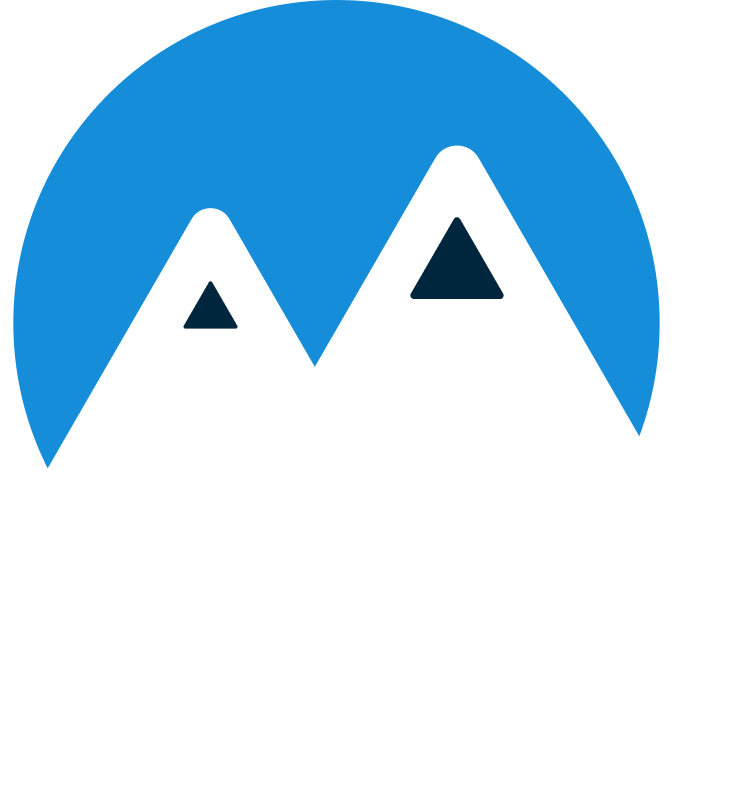What are Sprains, Strains, and Tendonitis?
This is a category of musculoskeletal injuries that covers a very wide variety of body regions, conditions, and severity. They are categorized together on this website because they do share a lot of similarities – mainly in the sense that physical therapy is the appropriate place for conservative care. The information that follows is very general and just an overview – please call your physician or our office to schedule an appointment for specific guidance.


